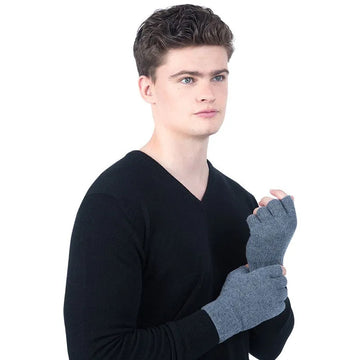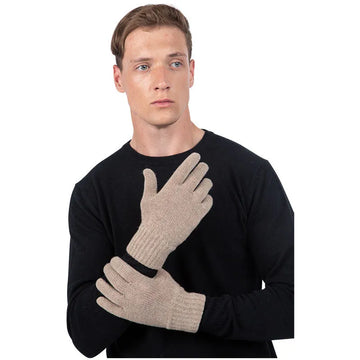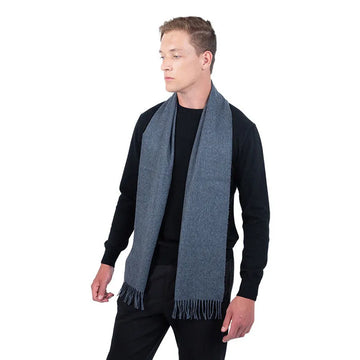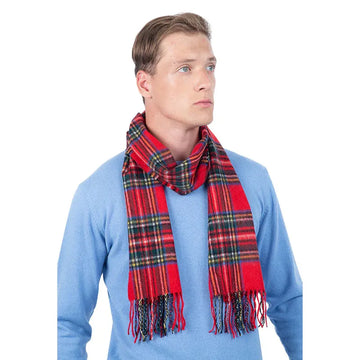Cashmere is celebrated for being one of the finest quality fabrics you can buy. At its best, cashmere is wonderfully soft, sumptuous and durable. Like a fine wine, it only improves over time. However, not all products labelled cashmere are created equal and it’s important to know what to look for when you are selecting a product such as a cape or wrap.
What makes cashmere so special?
Cashmere wool is obtained from particular breeds of goats that originate from Mongolia and the Himalayan regions that have cold harsh winters and milder summers. This means that their fleeces have evolved to have an extraordinarily soft and fine underfleece that is designed to trap heat, and a thicker water-resistant overlay.
In the springtime when the undercoat is naturally shed, these incredibly fine fibres are gathered from the goats to be made into luxury cashmere and pashmina wool products.
Scottish cashmere
Scotland is particularly noted for its cashmere products, because the hardy goats are well suited to the colder mountain climates. Goats that are bred in more temperate climates do not produce the required variety of fibres in their fleece that are needed to insulate them from extremes of cold and keep them cool in the summer.
Scotland also has exceptionally clean pure water supplies that helps to preserve the softness of the delicate fibres during the production process. Therefore if a cashmere product is labelled as ‘Made in Scotland’ this is a good sign that it is of superior quality.
Look for 100% cashmere products
Many items that are advertised as cashmere are actually a blend of wool or even man-made fibres. They may be cheaper than true cashmere, but they will be less pleasant to wear and not last as long. Therefore you should make some additional observations about the quality of the fabric before you buy.
Classification
Sometimes cashmere will be classified into grades A, B, and C, with grade A being of the highest quality. To qualify for grade A status, the cashmere must be made from the longest and finest fibres that will feel silky to the touch. Grade C cashmere is made from shorter and coarser hairs, resulting in a slightly rougher feel.
The diameter of the fibres can range from 15 to 19 micron. Any finer than this range will be just too delicate to make a durable product, but thicker fibres will not have that sumptuous softness that cashmere is renowned for.
Length of the fibres also plays an important role; the usual fibre lengths range from 28 to 42mm. The longer fibres are the finest and softest, resulting in a better quality item.
Texture and feel of the garment
Good quality cashmere should feel very soft and light to the touch, and will not feel coarse or itchy. It should not pill (form small balls of fuzz) when you gently rub it, as this indicates it is made from short fibres.














